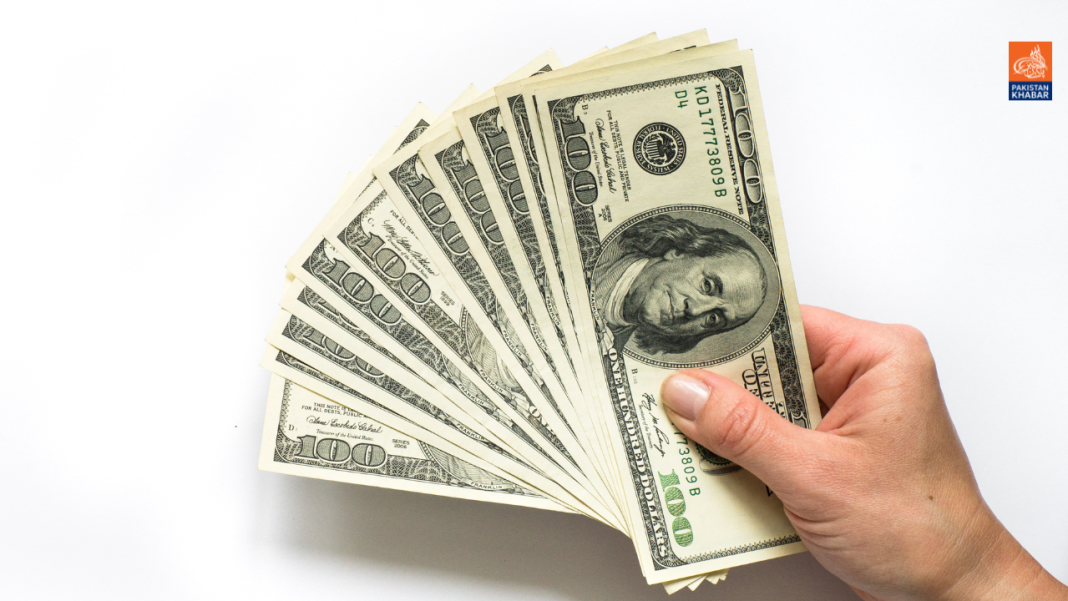Foreign investment outflows through treasury bills surged to $61 million in the first nine days of this month, while inflows were just $8.14 million during the same period.
In the last quarter of the previous fiscal year (FY24), foreign investment inflows had increased, reflecting an improved investment climate in the country, particularly for foreign investors.
Analysts suggest that investors, having already profited from higher yields, exited the market due to concerns over a potential decline in spreads. Others attributed the outflows to the early maturity of three-month treasury bills.
July FY25 saw a positive trend with t-bill investments rising to $271 million, but the sharp drop in August was a setback for the financial market. The inflow of dollars remains a critical concern for both the country and the financial market.
Researchers noted optimistic prospects for the approval of a $7 billion IMF loan. The research head at a brokerage firm mentioned that the stability of the exchange rate remains a significant draw for investors in domestic bonds.
He added that expected inflows from an IMF loan would help stabilize the exchange rate, potentially attracting more foreign investment in the future. Most financial experts agreed that exchange rate stability is crucial for foreign investment.
The total outflow of foreign investments from t-bills reached $154 million during FY24. Following the Covid-19 pandemic, inflows into domestic bonds increased, driven by over 21 percent returns on t-bills.
This was the highest return any country could offer, and the 22 percent policy interest rate remained unchanged throughout FY24.
CAD Improvement
Analysts highlighted the recent improvement in the current account deficit (CAD) as an encouraging sign for foreign investors. The CAD was a modest $162 million and could potentially reach near zero if imports are curbed and remittances increase.
The government has renewed efforts to curb the smuggling of goods and dollars to Afghanistan and Iran. Reports suggest that the grey market has re-emerged, attracting dollars at higher rates.
Exchange companies estimate that around $500 million are sold to grey market operators monthly, raising concerns that this could destabilize the exchange rate, as the grey market offers significantly higher rates than banks.
This high grey market rate drained billions of dollars from the mainstream and significantly reduced remittance inflows in FY23.




